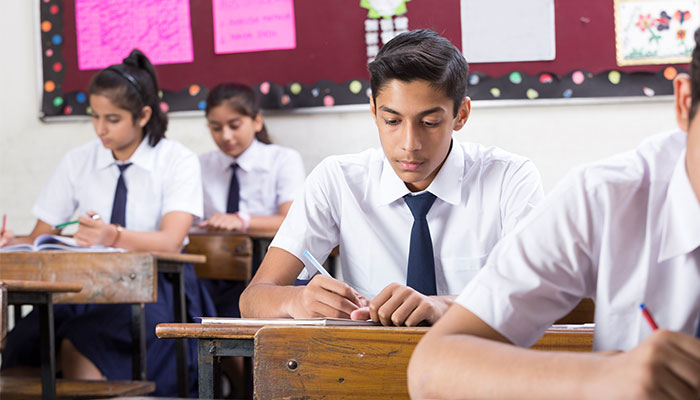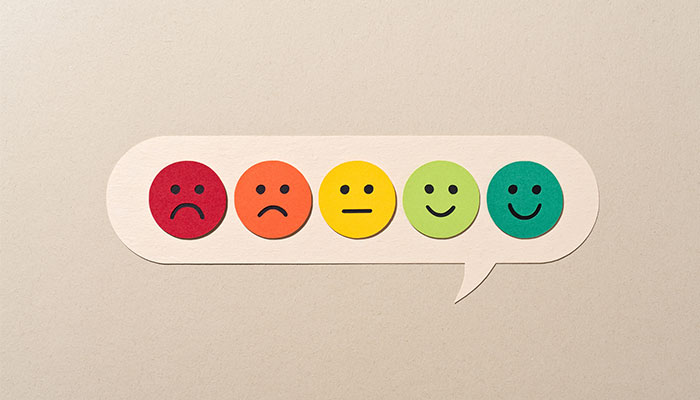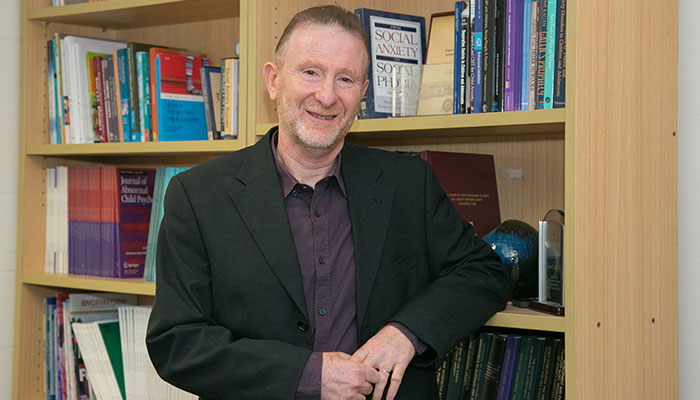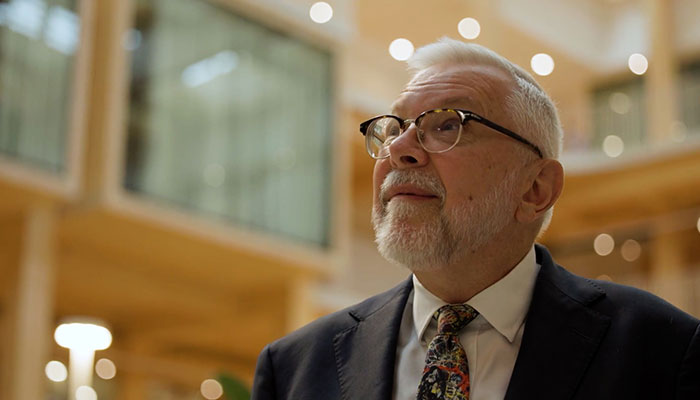When trialled with 14,000 young people, the survey was found to be an effective way of identifying at-risk youth, and the findings also suggest that simply completing it may assist in reducing mental distress.

Distinguished Professor of Psychology, Professor Ron Rapee of the Macquarie University Lifespan Health and Wellbeing Research Centre is lead author of the study , which has just been published in the Journal of the American Academy of Child and Adolescent Psychiatry.
Professor Rapee says about 14 per cent of young Australians have an emotional disorder, such as depression, anxiety, problems with attention, or eating disorders, but only a quarter of them receive help from a health service.
“Unlike children and teenagers with behavioural issues, those with emotional disorders often fly under the radar, so it’s very important that we get them the help they need early on,” he says.
“School is the ideal environment to assess young people, but there has been little application of check-ins in Australian schools or scientific evaluation of its value.
“A few programs have been tested in US schools, but they are costly and have not been tested in the Australian environment.
“Our program is a first because it’s quick, effective and sustainable.”
A few minutes from a child’s day
The Brief Evaluation of Adolescents and Children Online (BEACON) project was made possible by $699,896 in funding from Bupa Health Foundation and $50,000 from Macquarie University, and the collaboration of the NSW Department of Education, NSW Health, the Mental Health Commission of NSW and the Association of Independent Schools (NSW), and the Sydney Diocese of Catholic Education.
Professor Rapee and his team developed a survey for Years 4 and 5, and one for Years 6 to 11 that asked scaled questions where students could provide their own perspectives about their current feelings of mental health.
The first versions were trialled with 3844 students in term two of 2021, and included 18 questions for the primary students and 35 for the high school students.
I think it led to a lot of families opening up conversations, and the kids also felt better able to be honest about any difficulties they were having.
Both surveys had an optional section to screen for peer victimisation; for high school students, there was an optional section for the risk of suicide and self‑harm, which most participating schools chose to include.
After the first round, the team refined the questionnaires so that the final BEACON survey took just five minutes to complete online.
It was rolled out to 10,660 students in term two of 2022, including to students who had taken part the year before.
In both rounds, the schools provided feedback to caregivers for students who scored in the higher range.
If a student scored high on questions relating to risk of suicide and self-harm, the school received a real-time notification before the student even left the classroom so that immediate assistance could be provided.

Professor Rapee says students who had completed the screening the year before scored significantly lower for emotional distress compared to the students who were doing it for the first time.
“The reason for this requires further investigation, but it may be that just doing the screening made them aware that their mental health was something they could get help with, and they could talk about it with their friends, families, and teachers,” he says.
“I think it led to a lot of families opening up conversations, and the kids also felt better able to be honest about any difficulties they were having.
“Qualitative data we collected through focus groups and surveys found that students, parents and teachers all found the screening process extremely valuable.”
A cost-effective solution
Professor Cathy Mihalopoulos from Monash University analysed the program and found that BEACON was also likely to be cost effective.
“In addition to the clear benefits that better mental health would bring to young people not only now but throughout their lifetimes, improvement in a student’s BEACON score may lead to some cost savings for the healthcare system,” she says.
“To put that into perspective, if we saw just a 0.01-point reduction in BEACON scores per student, that would make the screening program cost effective.
“In the students who were screened twice during the trial, we saw an average reduction of more than one point.”
Bringing the results to the real world
The lessons from the BEACON study have been used to inform and develop My Mind Check, a program funded by the Australian Department of Education.
My Mind Check is now available for use to provide schools with evidence-based data to better understand student mental health and wellbeing.
Learn more about My Mind Check

Professor Ron Rapee, pictured above, is a Distinguished Professor of Psychology at the Macquarie University School of Psychological Sciences and a leader at the Macquarie University Lifespan Health and Wellbeing Research Centre.
Professor Cathy Mihalopoulos is the inaugural head of the Division of Health Economics in the School of Public Health and Preventive Medicine at Monash University.



